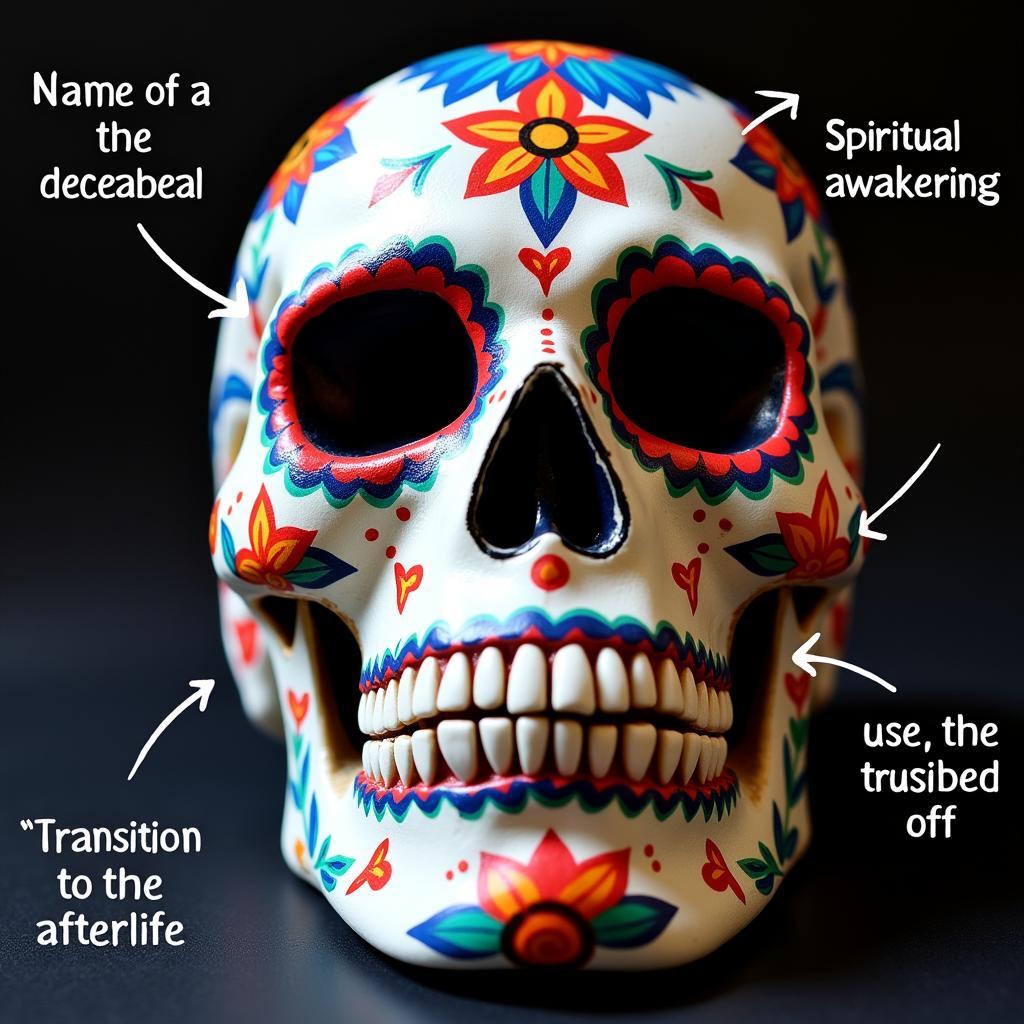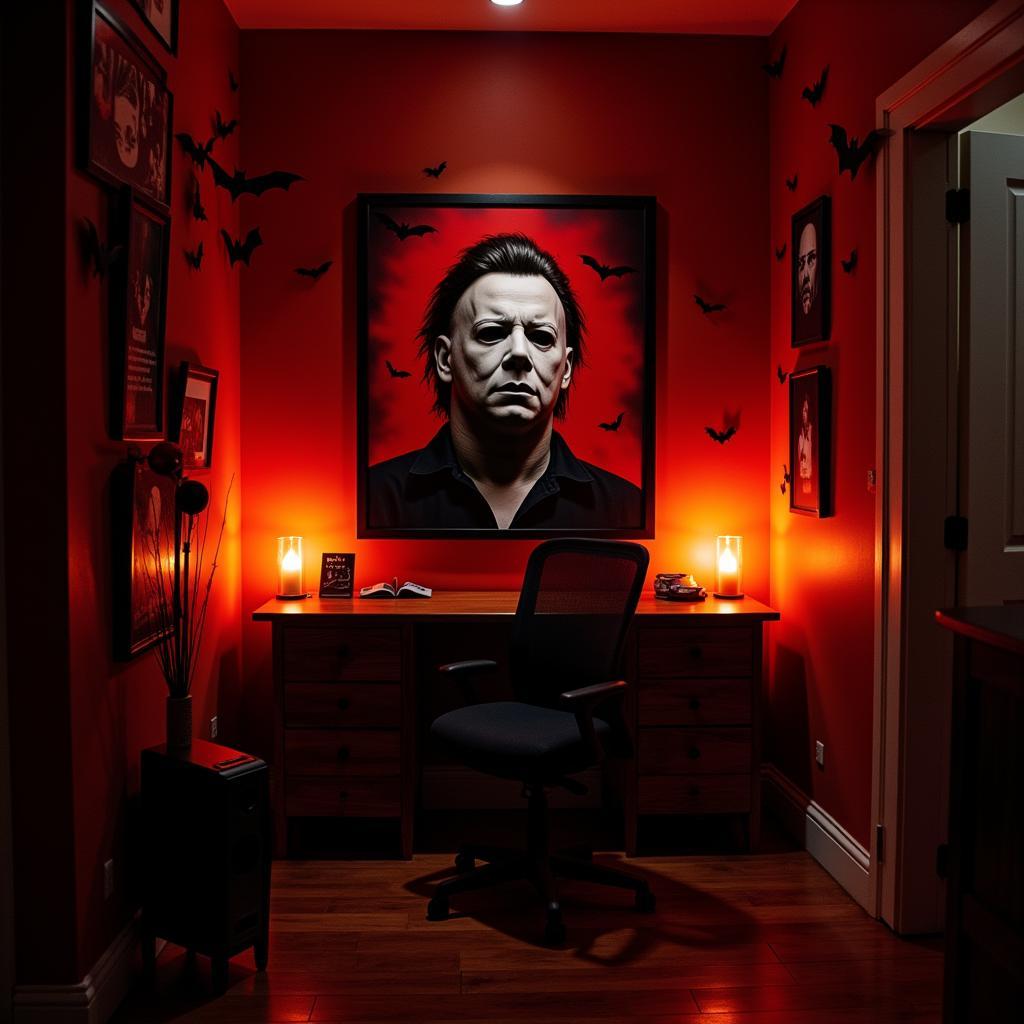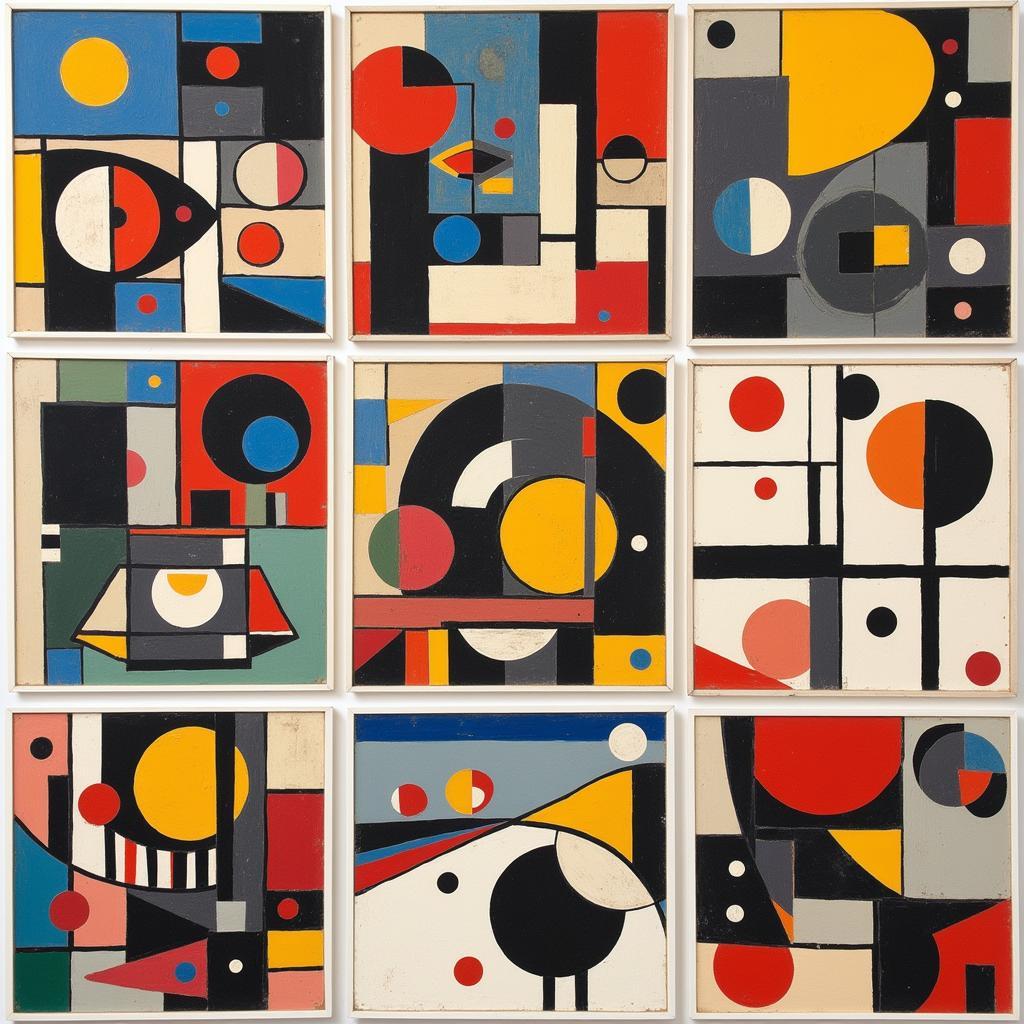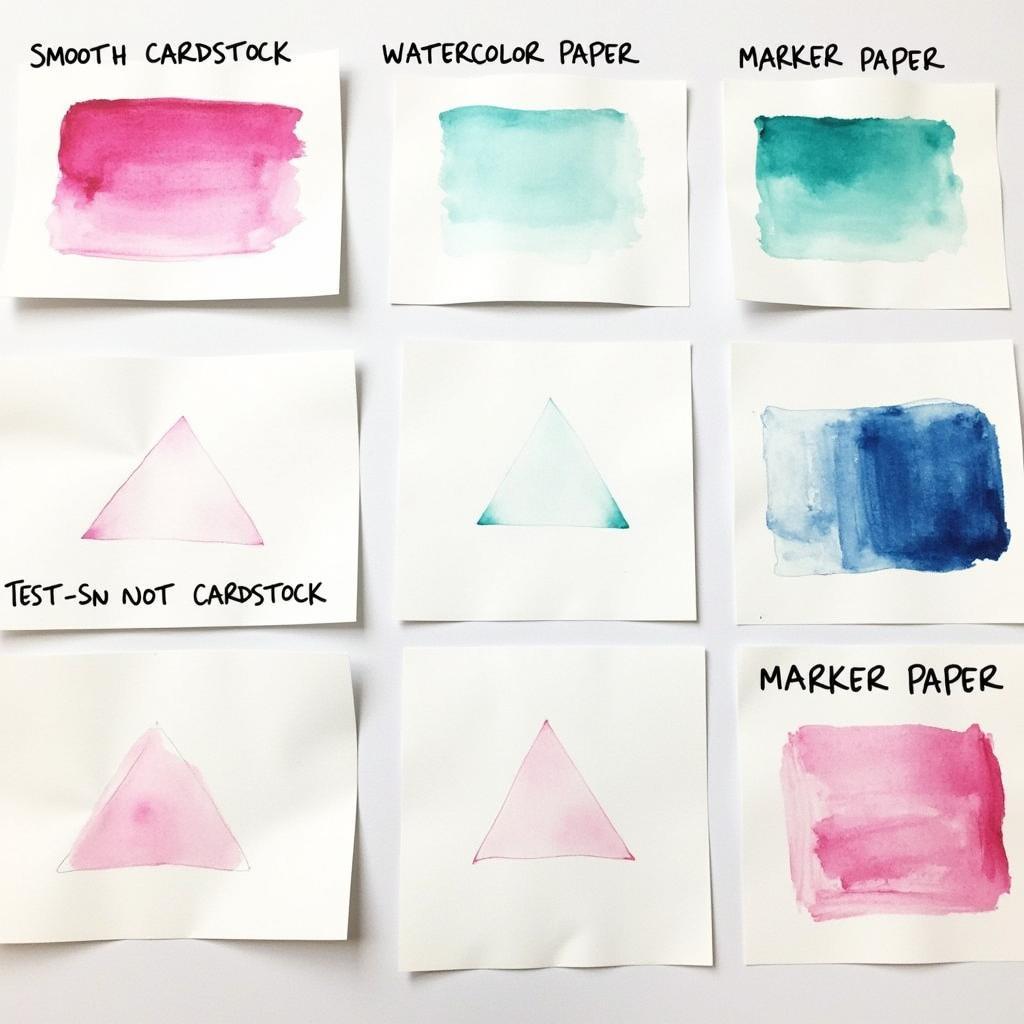Day of the Dead Sugar Skull Art: A Vibrant Celebration of Life and Death
Day Of The Dead Sugar Skull Art is a captivating tradition, blending vibrant colors and intricate designs to honor loved ones who have passed. This captivating art form, deeply rooted in Mexican culture, transcends mere decoration, acting as a powerful symbol of remembrance and celebration. We’ll explore the rich history, symbolism, and creative process behind these iconic skulls, providing you with a deeper understanding of their significance and inspiring you to create your own Day of the Dead masterpieces.
Unveiling the History of Day of the Dead Sugar Skull Art
The origins of Day of the Dead sugar skull art can be traced back to pre-Columbian Mesoamerica, where skulls and skeletons were viewed not with fear, but as symbols of the cyclical nature of life and death. The indigenous people of Mexico believed that death was merely a transition, a continuation of life in another realm. This perspective fostered a unique relationship with death, one of reverence and celebration rather than mourning. With the arrival of the Spanish conquistadors and the influence of Catholicism, these ancient traditions evolved, merging with All Souls’ Day and All Saints’ Day to create the modern Day of the Dead celebration. traditional day of the dead art offers a rich visual journey through this evolution.
The Evolution of Sugar Skulls
Initially, skulls were crafted from clay or other natural materials. With the introduction of sugar by the Spanish, sugar skulls emerged as a more accessible and vibrant medium. The affordability and malleability of sugar allowed for more elaborate designs and the incorporation of bright colors, solidifying the sugar skull as a central symbol of the Day of the Dead festivities.
Decoding the Symbolism of Day of the Dead Sugar Skulls
Every element of a Day of the Dead sugar skull art piece is imbued with symbolic meaning. From the vibrant colors to the intricate patterns, each detail tells a story and adds to the richness of the tradition. The skull itself represents the deceased loved one being remembered. Names are often inscribed on the forehead, personalizing the tribute.
 Decoding the Symbolism: Day of the Dead Sugar Skulls
Decoding the Symbolism: Day of the Dead Sugar Skulls
The Meaning Behind the Colors and Decorations
The vibrant colors adorning the skulls also hold significance. Purple often symbolizes pain and suffering, while white represents purity and hope. Yellow and orange represent the sun and marigolds, traditional Day of the Dead flowers that guide the spirits home. The sugar skull art project can provide you with deeper insights into color symbolism and how to use them in your own artwork.
Crafting Your Own Day of the Dead Sugar Skull Art
Creating your own Day of the Dead sugar skull is a rewarding experience that connects you with this rich cultural tradition. You don’t have to be an experienced artist to participate. Simple techniques and readily available materials make this art form accessible to everyone.
Materials and Techniques for Sugar Skull Art
From molding the sugar to decorating the final product, the process is as engaging as the result. You can create day of the dead skeleton art using various methods. Whether you prefer working with traditional sugar molds or exploring alternative materials like clay or paper mache, the creative possibilities are endless.
Maria Sanchez, a renowned Mexican folk artist, shares her perspective, “Creating sugar skulls is a deeply personal and spiritual experience. It allows us to connect with our ancestors and celebrate their lives in a beautiful and meaningful way.”
Creating Day of the Dead sugar skull art is not just about making a beautiful object; it’s about engaging with a powerful tradition that honors life and death. By understanding the history, symbolism, and creative process behind these iconic skulls, we gain a deeper appreciation for the vibrant culture that celebrates them. dia de los muertos skeleton art expands on the broader artistic expressions within this celebration.
FAQ
- What is the significance of the Day of the Dead?
- What materials are used to make sugar skulls?
- What do the colors on sugar skulls symbolize?
- Are sugar skulls meant to be scary?
- How can I incorporate sugar skulls into my Day of the Dead celebration?
- Can I make sugar skulls without a mold?
- Where can I learn more about Day of the Dead traditions?
Explore other artistic expressions within the Day of the Dead tradition, such as morbid art, to expand your understanding of its diverse artistic expressions.
For any assistance, contact us 24/7 at Phone: 02462573573, Email: [email protected], or visit us at Savico Megamall, 7-9 Đ. Nguyễn Văn Linh, Gia Thụy, Long Biên, Hà Nội 10000, Việt Nam.



